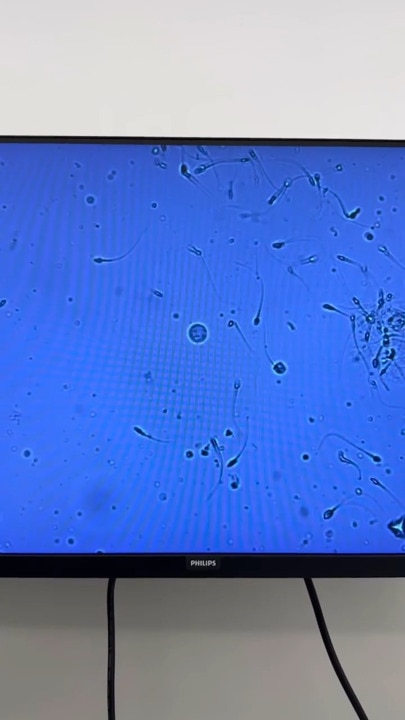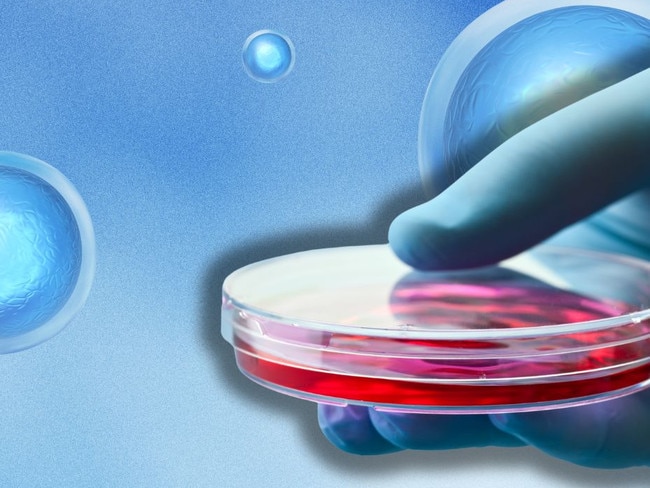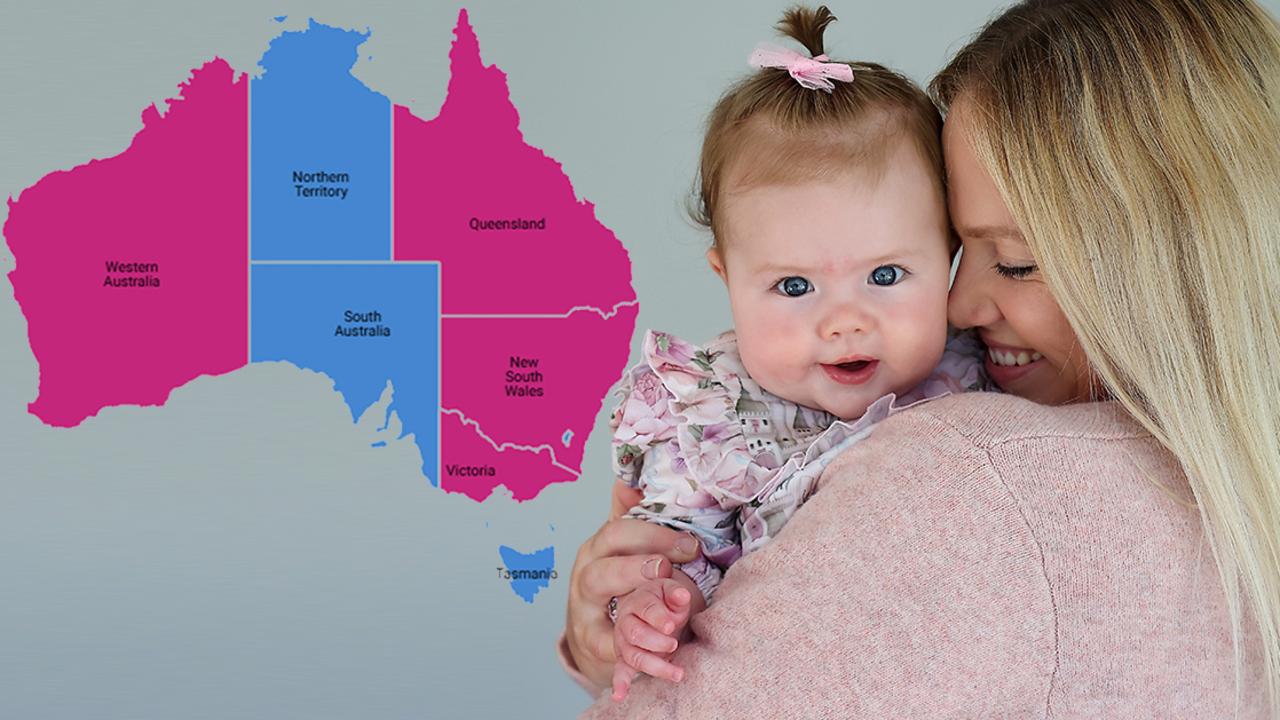New trial: IVF alternative uses stem cells to grow eggs externally
A new technique which uses stem cells to grow eggs outside the body, so a woman doesn’t have to do two weeks of injections through standard IVF, is being trialled at an Australian clinic.

Fertility
Don't miss out on the headlines from Fertility. Followed categories will be added to My News.
EXCLUSIVE
A new IVF technique that grows eggs in a dish outside a woman’s body using stem cells that mimic healthy female ovaries is being trialled for the first time in Australia.
At least four women have already used the new technology as part of a study being run by IVF Australia to see if it has higher success rates than existing vitro maturation methods (IVM), where eggs are matured outside the body.
IVF Australia’s clinical director Gavin Sacks, who is also an Associate Professor at UNSW, said he was excited about its potential to become a new “alternative” for women doing IVF or egg freezing without the two weeks’ worth of injections.
The stem cell product, called Fertilo, has been developed by American company Gameto and the first baby was born using it in Peru in December last year.
It also started phase-three clinical trials in the US in January after gaining approval from the FDA and is commercially available in places like Latin America with 12 ongoing pregnancies.
“What they have pioneered is that you can make ovary-type cells,” Dr Sacks said.
“So you make these cells from stem cells and you can turn them into ovary-like cells, which produce the growth factors that eggs need to grow.
“Then the eggs have a more natural stimulation to grow and mature. That’s what’s new.”
Fertility specialist Cheryl Phua, who is also working on the study, said: “The theory is that the success rates for IVM could be higher because of the addition these the stem cells.”
“They are thinking that the ovarian stem cells would be able to better mimic the environment within the ovary that the eggs mature in,” she added.

Dr Sacks said he was “excited” because it provided an alternative to taking between 10 and 14 days’ worth of injections which can make women feel bloated, sick and put at risk of ovarian hyper-stimulation syndrome.
Instead a woman only needs to take the hormone medication for three days before the eggs are collected and grown outside the body for 30 hours in a dish filled with the Fertilo stem cell culture.
These eggs are then removed from the solution and injected with sperm and given time to develop into an embryo as per traditional IVF.
“I think we’re a long way from taking over, but I think I’m really hopeful to become an alternative choice, a valid choice,” Dr Sacks said.
“I do believe, my own belief, is that one day it will take over but I don’t think that’s in the foreseeable future.”

Traditional IVM has been around since the 90s and a newer form, called CAPA IVM, was first offered in Australia in 2022.
Dr Sacks said both these techniques required a lot of scientific knowledge but this method was simpler and required less expertise.
Dr Phua said it provided more options for patients but there may be financial barriers because Medicare rebates weren’t available for IVM.
“Because of how our IVF is funded by Medicare it can be difficult from that perspective,” she said.
Gameto CEO and co-founder Dr Dina Radenkovic said their research so far had found the results to be on par with traditional IVF.
“So essentially, what we’re seeing so far is that it works exactly the same, like standard-of-care IVF, if you have a good embryo that is normal, it behaves exactly the same.
“If you end up getting a bad embryo, it behaves exactly like a bad embryo.”
The trial run by IVF Australia is limited to women younger than 37 who want to do IVF and have a follicle count of at least 20 and don’t have conditions like endometriosis.
Originally published as New trial: IVF alternative uses stem cells to grow eggs externally



